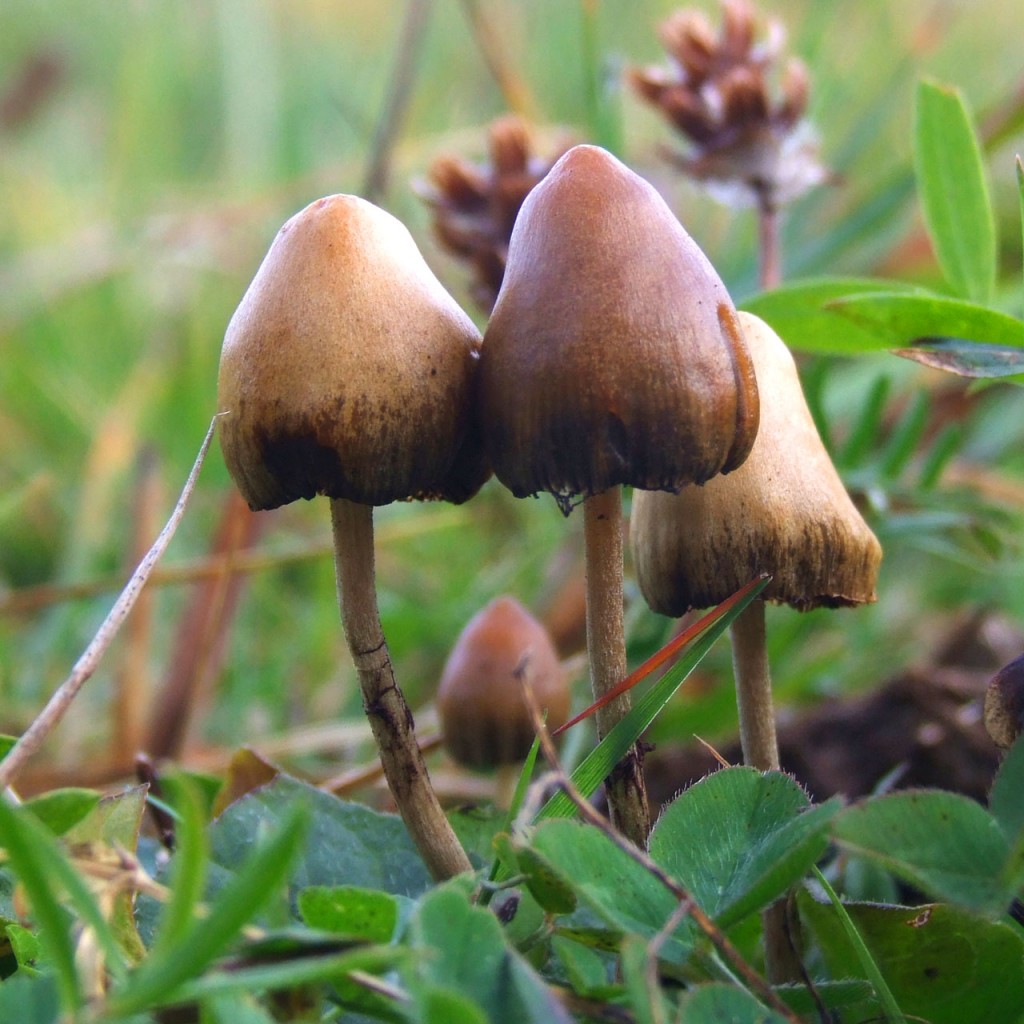British Iron Age Peyote February 28, 2016
Author: Beach Combing | in : Ancient , trackback
There are lots of internet sites out there talking (and sometimes raving) about how to have visions courtesy of plants that grow in the British and Irish countryside: the ‘fruits of the forest’ as Beach’s disreputable younger brother calls them. This is not the aim of the present post. Rather it is to ask: what plants did this blogger’s prehistoric ancestors pick to have their visions? What, in short, was the peyote of the Pennine Brigantes or the warriors of Leinster back when the Romans were still trying to defeat the Sabines? The list includes six indigenous plants/fungi. This, it goes without saying, very much falls in the don’t-try-at-home category. All of the following have or can have hallucinogenic properties, many are also, if misused, poisonous.
Banded Mottle-gill (panaeolus cinctulus)
Ergot (claviceps pupurae)
Deadly Nightshade (atropa belladonna)
Fly Agaric (amanita muscaria)
Henbane (hyoscyamus niger)
Liberty’s Cap (psilocybe semilanceata)
There must be many, many others… drbeachcombing AT yahoo DOT com To these there are two non-native additions that seem, though, on the basis of European archaeology to have been brought down western Euro-Asia down trade routes. Certainly, there is evidence for Iron Age European use: Cannabis seeds were sent west much as today.
Cannabis (cannabis sativa), of course hemp had other uses including clothes and rope production.
Opium poppies (papaver somniferum)
We can perhaps assume that these plants were used by local shamans, fairy seers or just kids out for a good time: in every place we have written evidence they or plants like them were employed. What we do not know is the drug of choice for the tribal witch doctor. Liberty’s Cap (aka magic mushrooms) is by far the most popular today, it is certainly the one that features most in legal cases and hospital beds. However, there is a minority opinion that Liberty’s Cap is not an indigenous plant, even that it only arrived in Europe in the Middle Ages. The Banded Mottle-gill is perhaps the second most popular mushroom on this list for modern ‘visionaries’: one publication talks of a ‘gentler’ trip than those gifted by magic mushrooms. Fly Agaric gives short intense ‘trips’ beginning with nausea and often leads to feelings of superhuman strength. Deadly Nightshade is perhaps the most dangerous here and can produce visions but in some subjects the ingestion of even tiny amounts kills. Ergot was a fungus that left body parts flailing and that has been blamed, inter alia, for the Salem Witch Trials and black dog sightings. Henbane use is recorded for antiquity and the middle ages: it appears for example in the our few surviving witch potions, where it was smeared on the body and produced a sense of flying. Cannabis and opium are both powerful drugs but they may not have been widely available and they are difficult to use for straightforwardly ‘visionary’ experiences.
So, on the basis of modern use: Banded Mottle-Gill or Liberty’s Cap would have been the British and Irish hallucinogens of choice. On the basis of very fragmentary early European and Mediterranean sources perhaps Hen Bane and Fly Agaric.


